
How Disruptive Technology Can Fuel Design Considerations
Harvard Business School professor Clayton M. Christensen once defined disruptive technology as one that displaces an established technology, shaking up the industry, or a ground-breaking technology that creates a new industry.
In today’s new experience economy, the growing willingness to adopt and leverage innovative disruptive technology is become the norm. This is especially true in environments where the use of 5G, RFID or AI can result in personalized experiences. Technology can come in many forms. It could be augmented reality, immersive higher pixel density displays, transparent displays, drones or invisible technologies such as high fibre connectivity for higher quality transportation of content.
Understandably, today’s audiovisual (AV) technology, with its ability to dynamically stream demographic-relevant content to is playing a meaningful role. However, there is more to benefiting from disruptive technology than simply deploying it. Successfully leveraging leading edge technologies requires an assessment of its readiness, suitability, fitness for purpose as well as its ability to fit into the overall technology road map. It is equally important to consider is the ongoing need for high-quality content to optimize the new technology.
Let’s take a look at a few examples of how disruptive technology can help a project come to life:
MGM Cotai Hotel
By leveraging the latest 4K displays, sufficiently bright to counteract background light in public environments, this project demonstrates Electrosonic’s capacity to optimize presentation for crisp videowalls displaying cinematic portraits, big scenic shots of skylines, and multiple vignettes of attractions.
The innovative multisensory experience, staged around the atrium, highlights a global array of digital art and uses true 4K LED processing of the media walls to create digital wallpaper.
Spy Museum, Washington D.C.
The winner of 33 separate awards for outstanding museum achievement, this project leverages RFID technology to personalize the experience for visitor. This allows guests to interact in different ways with the exhibits, providing a limitless variety of new experiences, regardless of the number of visits made.
The interactive nature of challenges such as a lie-detection interrogation, where visitors can play both the suspect and the interrogator, a surveillance mission testing powers of observation, and the special ops gallery, where visitors attempt to make their way through a tunnel while avoiding moving laser beams, makes the experience repeatable.
National Comedy Center
At the National Comedy Center, each visitor’s journey is personalised through an RFID ‘Laugh band’ storing a humour profile created on entry, so they see content according to their personal tastes.
The ‘Comedy Continuum’, where content explores an extensive web of connections, is a 60-feet-wide touchscreen wall that enables an unlimited number of visitors to engage with it simultaneously, while facial recognition software forms the basis of a comedy game where participants face-off to see who can make their opponent laugh first.
Sheikh Abdullah Al Salem Cultural Centre
As the largest museum project in the world, SAASCC comprises four science museums. Electrosonic was honoured for its work here with a 2019 Commercial Integrator Integration Award in the Best Museum category, having designed and installed more than 250 AV exhibits.
The Race against the ‘Stars’ exhibit in the Healthy Living gallery showcases disruptive technology, using sixteen 80” screens mounted side by side in portrait mode, creating a virtual running track where participants can race against the world’s elite athletes.
A further exhibit is a 20-seater spherical dark ride theatre, with a six-metre screen and 4D full motion seating, part of an immersive adventure experience through the human body.
Success starts with a plan
In each of these projects, the importance of selecting technology that is sustainable, fits the timeline and budget and the desired use, is key. Success here requires an extensive end-to-end process, comprising conceptualization, design and planning through implementation and 360-degree support services. AV – like any technology – should not be an isolated decision.
At Electrosonic, we use our Technology Master PlanningTM process, a dynamic methodology for creating the desired guest experience for any business. The result? Clients can be confident of a seamless AV deployment that fully integrates with the organizational operational reality while setting the stage for future introductions.
Chris Kratochwill
Chris Kratochwill, Design Consulting Manager at Electrosonic, writes with insider knowledge on what it takes to bring visions to reality. He has more than 25 years’ experience working with end-users, architects and planners to design award-winning experiences for multi-million-dollar projects in the leisure and hospitality sector.










.jpg?width=1500&height=995&name=ELC501_N17_medium%20(1).jpg)

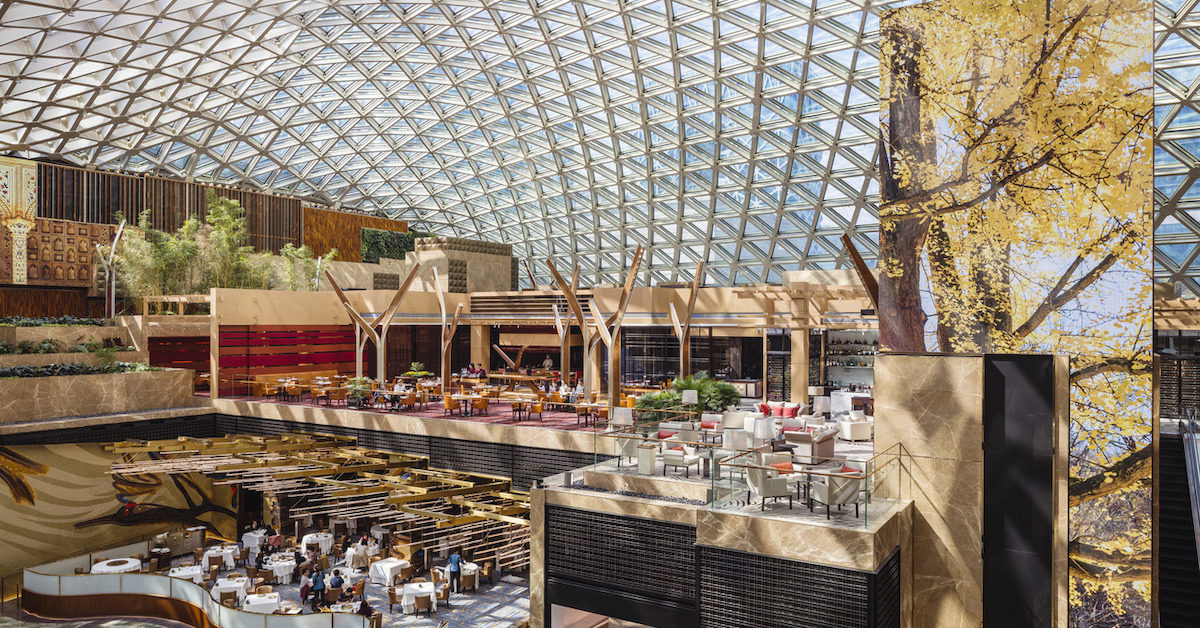
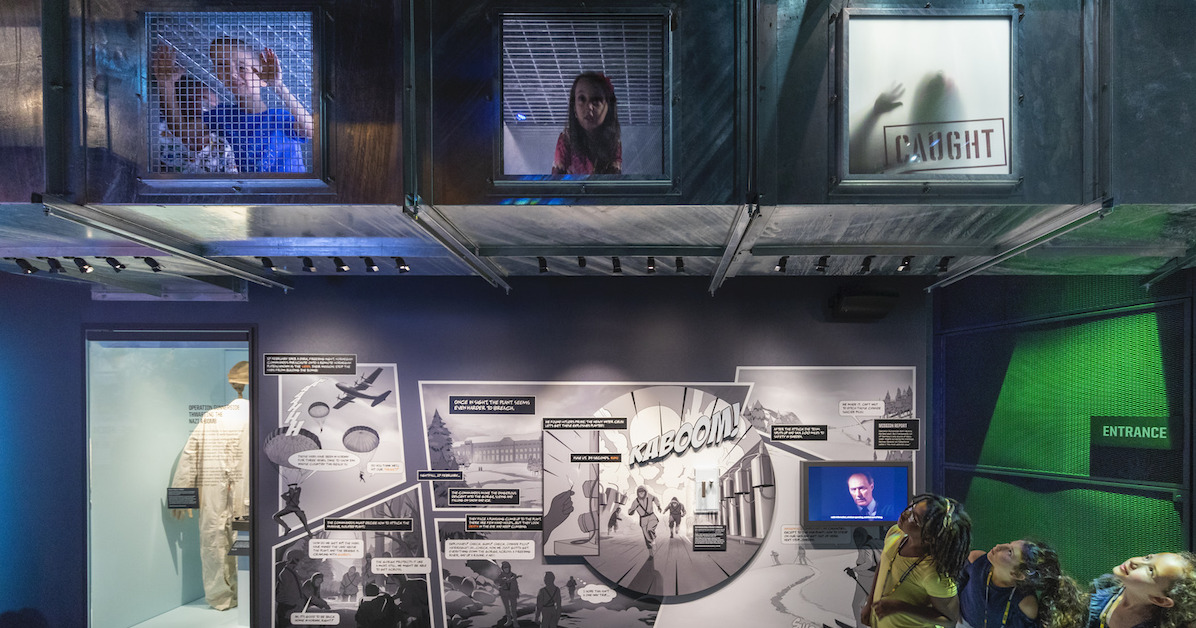
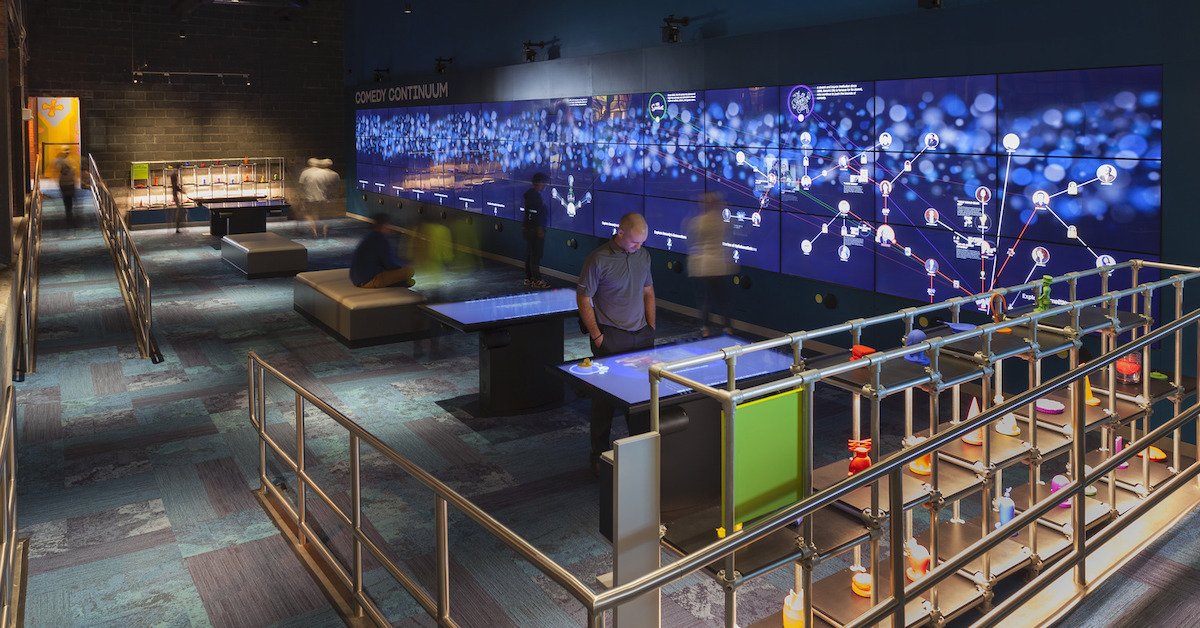
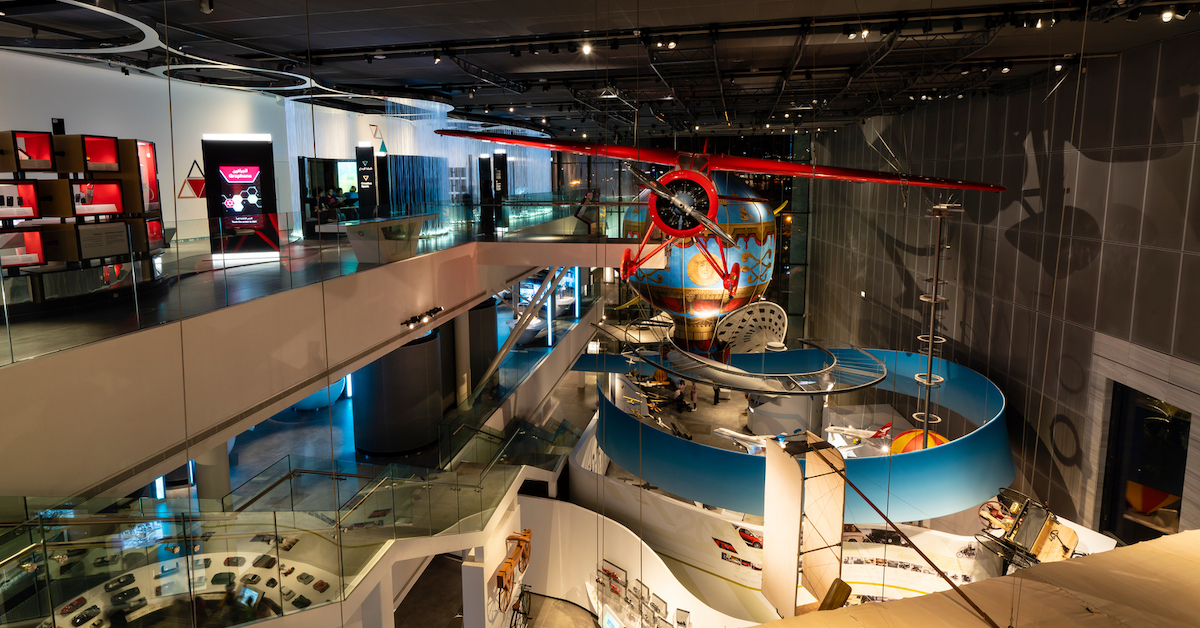


.jpg)

.jpg)



















.jpg)




.jpg)
-png.png)












.jpg)





.jpg)


-(1)_1200x629px.jpg)




.jpg)
.jpg)





-RR.jpg)







.png)




.jpg)






.png)


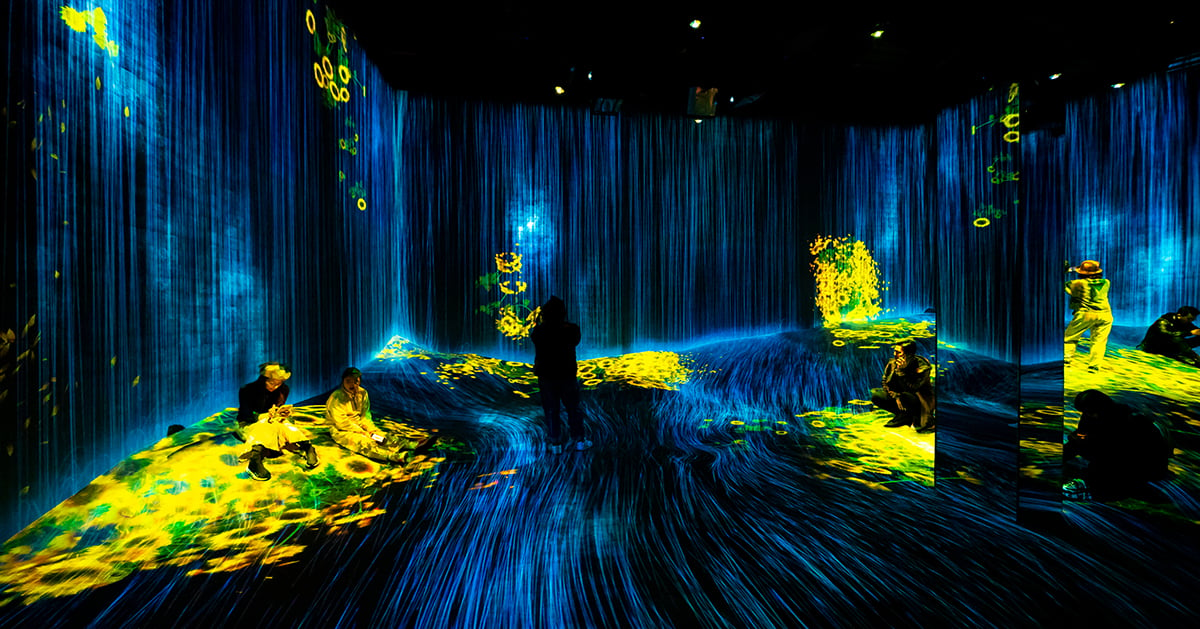


















%20(1)-es.jpg)
.jpg)








.jpg)

.jpg)





.jpg)



.jpg)















.png)

.png)




























.jpg)
.png)





.png)

.jpg)


.png)






.jpg)
.jpg)


